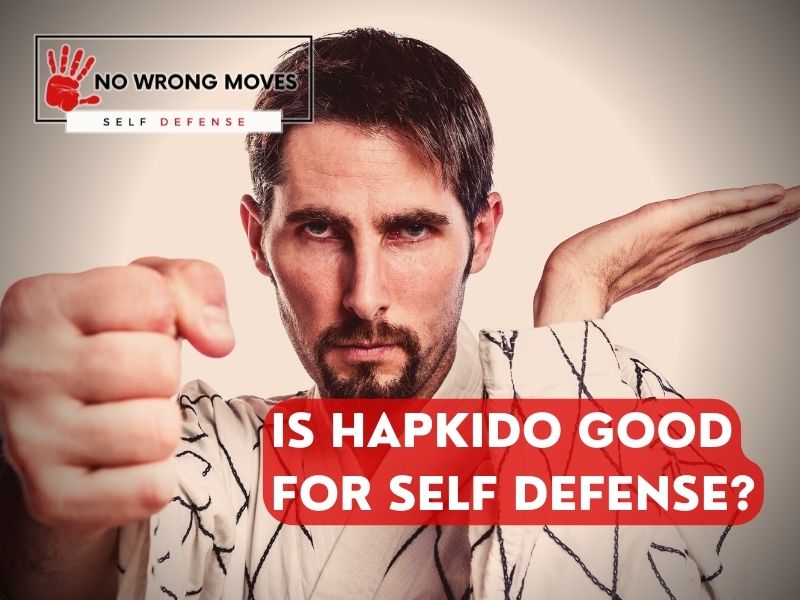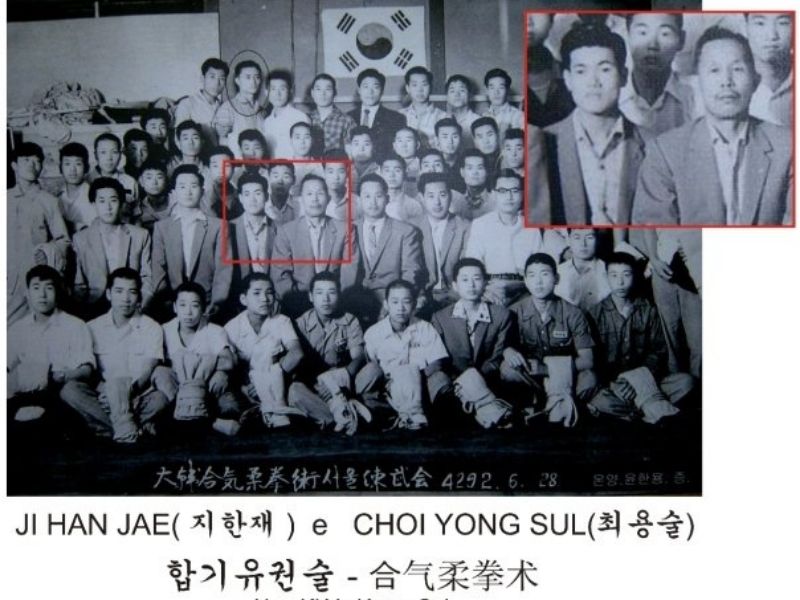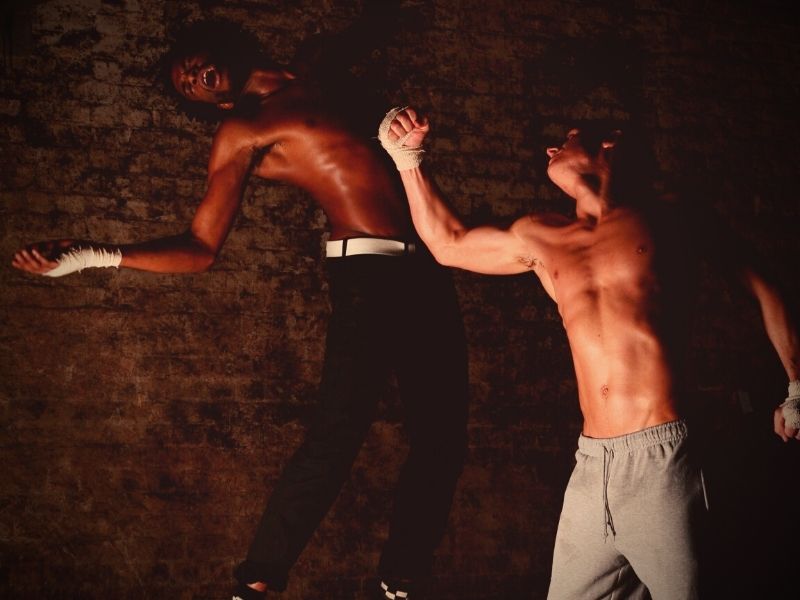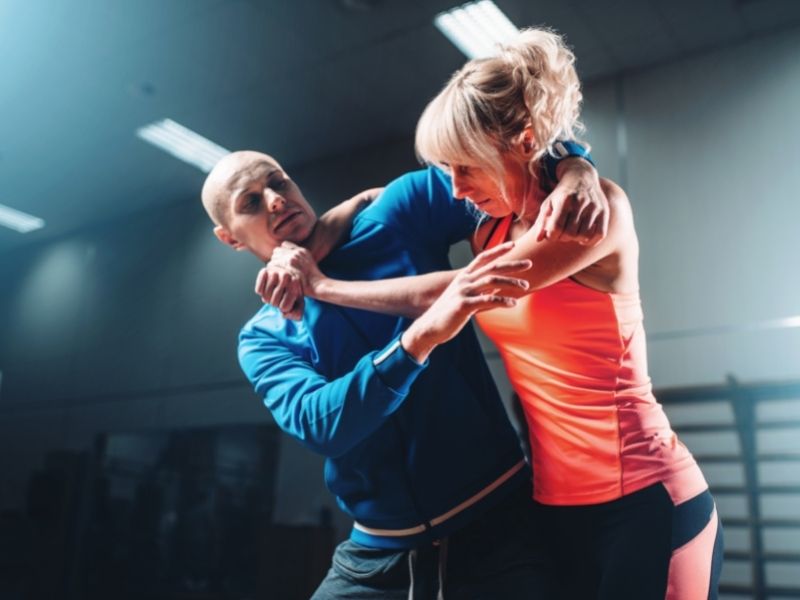
Hey, there! As someone who values their safety and well-being, I'm always on the lookout for effective self-defense techniques. That's why I was intrigued to learn more about the Korean martial art of Hapkido and its potential as a self-defense tool.
In this article, we'll explore the question of whether Hapkido is a good option for self-defense, and examine the techniques and skills that make it a unique and potentially useful practice. So let's dive right in and see what Hapkido has to offer!
The History of Hapkido

Hapkido is a Korean martial art that combines elements of Aikido, Jiu-Jitsu, and Taekwondo. It was developed by Choi Yong Sul in the 1940s.
Choi was a student of Jigoro Kano (the founder of Judo) and Morihei Ueshiba (the founder of Aikido). Hapkido is a very versatile martial art and can be used for self-defense, sport, and physical conditioning.
One of the distinguishing features of Hapkido is its focus on joint locks and throws, as well as the use of pressure point strikes. Hapkido also includes an extensive weapons training program, including swords, staffs, knives, and rope-tying techniques.
Hapkido practitioners strive to maintain a calm mind and peaceful spirit, while also being able to defend themselves effectively. The ultimate goal of Hapkido is to subdue or neutralize an attack without actually causing them harm.
In addition to practical self-defense skills, Hapkido also promotes physical and mental discipline, improving balance, coordination, and flexibility.
How Effective Is Hapkido For Self Defense?
Hapkido is a martial art that is said to be very effective for self-defense. It incorporates strikes, kicks, and grabs, as well as joint locks and throws. It is said to be very versatile and can be used in a variety of situations.
Many people believe that Hapkido also makes for an incredibly effective workout, which makes sense.
The intense physical strain from using such a large variety of techniques, including strikes, kicks, and grabs, can definitely give your body the kind of physical activity that'd keep it in shape.
The kind of immobilization-based tactics that Hapkido uses makes it ideal for a variety of scenarios, and so it's a versatile martial art that's unlikely to go out of style.
How Effective Is Hapkido In A Street Fight?

In a street fight, Hapkido can be an effective self-defense system. The techniques you learn can help you to take down an attacker quickly and efficiently. However, Hapkido is not a perfect system, and there are some things you should know before using it in a real-world situation.
Hapkido Is Not A One-Size-Fits
All self-defense systems have their own strengths and weaknesses. Hapkido is no different. So do not assume that just because you know Hapkido, you will be able to take on anyone and everyone.
Each situation is different and you must always assess the situation before using any self-defense technique, including those from Hapkido. If you are not sure whether or not Hapkido will be effective in a particular situation, it is always best to err on the side of caution and avoid using it.
Hapkido Is Not A Replacement For Common Sense
Just because you know Hapkido does not mean you should look for trouble. Remember, avoiding a fight is always the best option. If you can walk away from a situation safely, you should!
Why Choose To Learn Hapkido Over Another Discipline?
Some reasons to choose Hapkido over another discipline include:
- Hapkido is a very effective form of self-defense that can be used in real-world situations.
- Hapkido emphasizes joint locks and throws, which can help you immobilize an opponent quickly.
- Hapkido also stresses joint manipulation and pressure points, which can be used to control or incapacitate an attacker.
- The Hapkido curriculum is designed to promote physical fitness and agility, as well as improve mental focus and concentration.
Let's take a look at these in more detail:
One significant benefit of practicing Hapkido is the self-defense techniques. Students are trained to defend themselves against a variety of attacks by developing their mental and physical skills.
In addition to self-defense, Hapkido provides unique advantages for conflict resolution. Practitioners of Aikido learn to maintain their physical center and remain calm in stressful situations.
This positive state of mind helps Hapkido practitioners to resolve conflicts in a variety of settings, such as at school, work, or even on the street.
Hapkido also offers physical benefits for practitioners. Regular training leads to increased strength, flexibility, and greater aerobic conditioning.
Improved posture, reactions, coordination, sense of timing, and balance are additional physical benefits that come with frequent practice. Pain relief is also a welcome benefit for those who practice Hapkido regularly.
Conclusion

After analyzing the effectiveness of Hapkido as a self-defense system, it's clear that this martial art provides practitioners with a wide range of techniques and strategies for dealing with a variety of attacks.
Hapkido's emphasis on redirecting and controlling an attacker's movements, rather than relying solely on brute force, makes it an ideal system for self-defense situations.
The use of joint locks, throws, and strikes, along with an emphasis on mental discipline and situational awareness, allows Hapkido practitioners to remain calm and composed in high-pressure situations.
However, it is important to note that like any martial art, the effectiveness of Hapkido as a self-defense system depends on the individual's skill level and training.
Consistent and dedicated practice is necessary to fully develop the techniques and strategies needed to effectively defend oneself.
It's also worth remembering that self-defense situations are unpredictable and can be dangerous, and while Hapkido provides effective tools for dealing with such situations, the ultimate goal is always to avoid confrontation and ensure one's safety.
So all in all, Hapkido can be an excellent choice for those looking to learn self-defense techniques.
With its emphasis on redirecting and controlling an attacker's movements, joint locks, throws, and strikes, along with mental discipline and situational awareness, Hapkido provides a well-rounded approach to self-defense.
FAQs To Consider When Choosing A Martial Arts Discipline For Self-Defense
What Are the Key Factors to Consider when Choosing a Martial Arts Discipline for Self-Defense?
When it comes to choosing a martial art for self-defense, there are a number of key factors to consider.
One of the most important is the type of strikes that are used. For example, arts such as boxing and kickboxing focus on punches and kicks, while muay thai also includes elbows and knees.
Another key factor is the ability to grapple, as this can be very useful in close-quarters combat.
Arts such as Brazilian Jiu Jitsu and Judo place a strong emphasis on grappling, while others such as Karate focus more on strikes. Another consideration is the size and strength of the practitioner, as some arts are better suited to larger or smaller individuals.
What Are the Benefits of Training in A Martial Art for Self-Defense?
Training in a martial art can provide many benefits, both mental and physical. For starters, it can be a great workout.
Martial arts require reliance on both strength and stamina, providing a well-rounded workout for the whole body. In addition, martial arts can help to relieve stress.
The discipline required to master techniques can be very calming, and the focus on breath control can help to ease anxiety.
From a practical perspective, martial arts training can also provide a legal form of self-defense. In many jurisdictions, the use of force is only legal if it is necessary to prevent imminent harm.
However, if one has received training in a martial art and can demonstrate that the force used was reasonable and necessary under the circumstances, then it is more likely to be viewed as self-defense.
Finally, martial arts training can help to promote safety. Not only does it provide skills that can be used in self-defense, but it also helps to develop situational awareness and good judgment. As a result, martial arts training can offer many benefits, both physical and mental.
What Are Some of The Most Popular Martial Arts Disciplines for Self-Defense?
If you change your mind about learning Hapkido for self defense, what are some other martial arts disciplines you could learn instead?
- Jeet Kune Do
- Judo
- Jujutsu
- Karate
[author-box-jpx-fitness]
